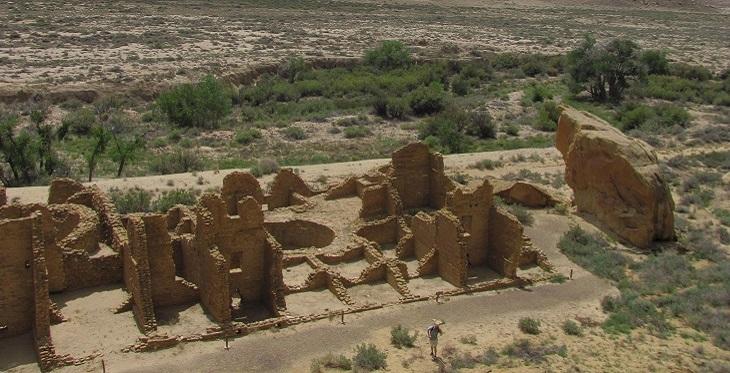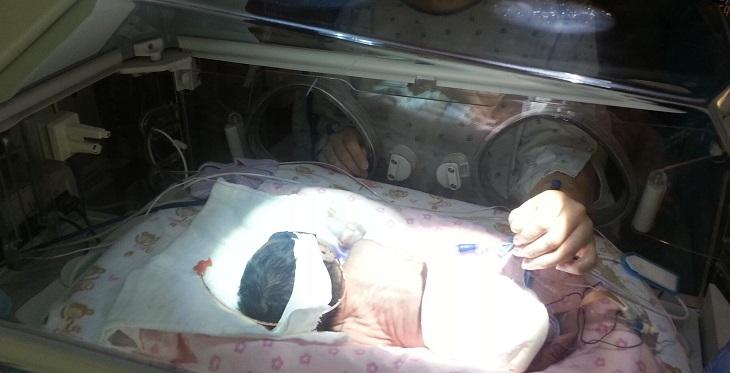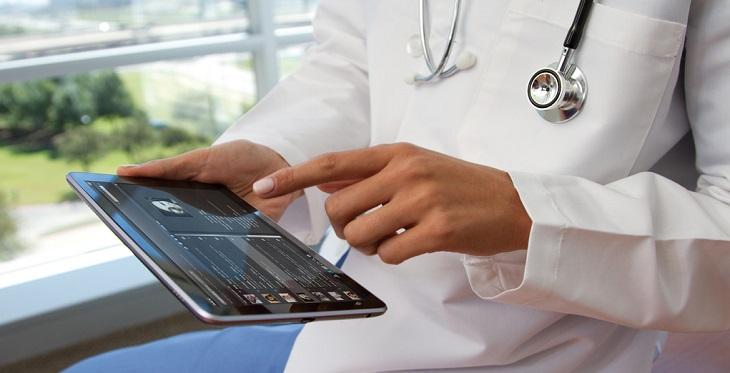A great thing about America's Southwest is the diversity of its people. Although many cultures call it home, it truly is Indian Country. The Navajo Nation with over 300,000 population encompasses more than 27,000 square miles of the states of Arizona, New Mexico and Utah. Along with several other tribes and pueblos, they have a dominating presence. Many of us in healthcare deal with this wonderful group of people on a daily basis. My personal experiences with them have been very rewarding and enlightening. Over the years I have learned much and developed a high regard and respect for their way and philosophy of life.
It is fascinating how similar their beliefs are to many old world cultures and customs. It clearly is a testament to the universality of mankind.






